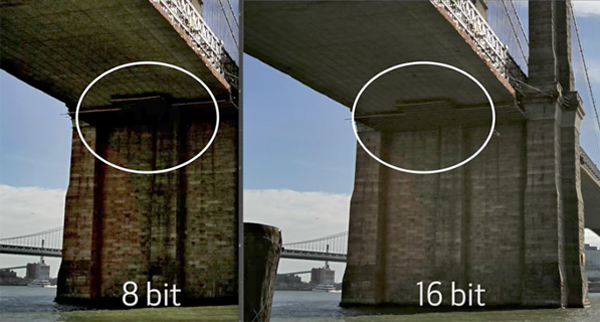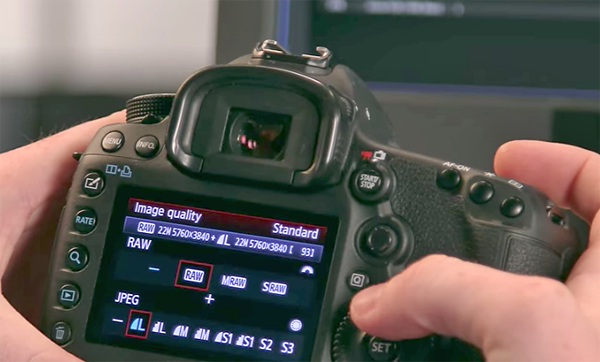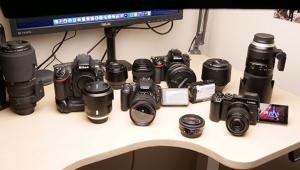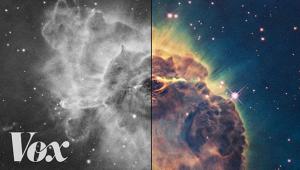What’s the Difference in Quality Between 8-Bit and 16-Bit Images When Making Prints? (VIDEO)

Many photographers are confused by the concept of “bit depth” and how it translates into image quality—particularly when making prints. The two-minute video below from CanonUSA explains the difference between 8-bit and 16-bit output and why it’s important to understand.

In short, “bit depth” refers to the number of unique colors in the palette of a photograph. Images with greater bit depth can render more shades of red, green and blue that make up a photo.

So precisely what is the difference between an 8-bit and a 16-bit image? In mathematical terms an 8-bit image has 256 levels of gradation per color, for a total of some 16.7 million colors. Sounds like a lot, right? But a 16-bit image offers 65,536 levels of gradation per color for a staggering total of 281 trillion colors!
In practical terms what does all this mean when printing your work? Watch this quick and interesting tutorial and see for yourself. You can find more helpful videos on the CanonUSA YouTube channel, and don’t miss an earlier story we posted explaining how printing your images can actually make you a better photographer.

















































